В старину на месте Музеона был большой луг, отчасти заливной, за которым ухаживали специальные люди, лужники. Они жили в слободе, называвшейся Лужники Крымские, и занимались заготовкой сена для царских конюшен. Крымские названия и сейчас существуют вокруг Музеона, напоминая, что с первой половины XVI столетия и до первых лет XVIII века в квартале к юго-востоку от парка находился Крымский двор, место, где останавливались послы крымских ханов.
Южная граница Музеона определилась в 1593 году, когда вокруг Москвы построили дерево-земляную крепость, названную Скородомом, или Земляным городом. По линии этой крепости в 1820-х годах прошла улица Крымский вал.
Крымская набережная, ограничивающая Музеон с северо-запада, возникла ещё позже, в конце XIX века. Вдоль набережной располагались лесные склады, бани, рынок, пустыри. Здесь боялись строиться, опасаясь весенних половодий. В центральной части будущего парка и вдоль его восточной границы, примыкая к Мароновскому переулку, находилось несколько жилых кварталов. Здесь стояли двухэтажные деревянные или полукаменные дома.
Сегодня на территории Музеона остался один исторический дом, построенный в конце XVIII века и перестроенный после пожара 1812 года. (1-й Голутвинский переулок, 16). С 1795 года этот дом принадлежал семье Третьяковых. Именно в нём в 1832 и в 1834 годах родились братья Павел и Сергей Михайловичи Третьяковы. К дому примыкает участок церкви Николы в Голутвине, она построена в 1687 году и расширена в XVIII – XIX веках.
Западная часть территории Музеона в начале ХХ века стала одним из первых спортивных центров Москвы. Владелец большого участка земли, товарищество Эмиль Циндель, предоставило его в пользование Спортивного кружка «Замоскворечье», или СКЗ. Спортсмены оборудовали здесь футбольное поле с небольшими трибунами и занимались не только футболом, но и лаун-теннисом, лёгкой атлетикой, лыжами. Стадион был домашним полем для футбольной команды СКЗ, которая участвовала в первенстве Московской футбольной лиги. В 1922 году на месте спортивных площадок архитектор А.К. Буров построил деревянный стадион для Всероссийской Сельскохозяйственной и кустарно-промышленной выставки. После окончания работы выставки стадион был передан Московскому городскому совету профессиональных союзов и стал одной из главных спортивных площадок Москвы. Здесь проходили матчи первенства профсоюзов по футболу. С 1928 года футбольные матчи стали проводиться на новом стадионе Динамо в Петровском парке. С 1931 года стадионом на Крымской набережной стало распоряжаться Добровольное спортивное общество профсоюзов автомобильной промышленности.
Рядом со стадионом в 1923 году встали павильоны Иностранного отдела Сельскохозяйственной выставки. В середине 1930-х годов низкий берег Москвы-реки от Мароновского переулка до Крымской набережной привлёк внимание руководства страны. Тут планировали построить по проекту А.В. Щусева большой комплекс зданий для Академии Наук СССР. Стройка началась, но была прервана началом Великой Отечественной войны. После войны были планы строительства здесь Дома Союзов вместе с кварталами жилых домов (И.В. Жолтовский), а в начале 1960-х годов думали о строительстве большого жилого района. Однако победила идея построить здесь Дом Художника и разбить парк.
Дом Художника был возведён в 1965 – 1979 годах по проекту архитекторов Н.П. Сукояна и Ю.Н. Шевердяева. Большую часть здания заняли залы искусства ХХ века Третьяковской галереи. Парк при ЦДХ распланировали уже в 1980-е годы. Тогда же в парке стали появляться скульптуры, поэтому естественным стало предложение разместить здесь памятники советского периода, демонтированные в 1991 году. Так на Крымской набережной встали Ф.Э. Дзержинский, М.И. Калинин, Я.М. Свердлов, бюсты Ленина, чуть позже гранитный Сталин и другие политические деятели.
В 1992 году Ю.М. Лужков распорядился создать Парк искусств Музеон. В нём стали устанавливать скульптуры, в том числе те, что ваялись здесь же, во время традиционных симпозиумов скульпторов. В 2011 году архитектором Евгением Ассом была разработана новая концепция парка. Она вдохнула жизнь в тихое малопосещаемое место. В 2013 году с Крымской набережной сняли автомобильное движение и оборудовали пешеходную эспланаду с привлекательным ландшафтом (проект Дмитрия Ликина и Олега Шапиро). Сегодня в Музеоне стоят произведения не только наших современников, но и работы Веры Мухиной, Сергея Меркурова, Евгения Вучетича, других выдающихся мастеров ХХ века. Коллекция парка насчитывает несколько сотен художественных произведений.
Музеон сейчас и музей, и выставочное пространство, и место поведения праздников, фестивалей, встреч мастеров искусств, и место прогулок. На Крымской набережной устроены торговые ряды, где продаются картины, гравюры и другие произведения современных художников. Малые архитектурные формы в Музеоне делают его интересным современным художественным пространством.
In the old days on the spot Muzeon was a large meadow, partly filler is looked after by special people, the Luzhniki Stadium. They lived in the village, called Luzhniki Crimean, and engaged in hay for the royal stables. Crimean names and there are now around Muzeon, recalling that the first half of the XVI century to the first years of the XVIII century in the quarter to the south-east of the park was the Crimean yard, a place where stops after the Crimean khans. The southern boundary Muzeon decided in 1593, when around Moscow built tree-earthen fort called Skorodomom or earthen city. Through this fortress in 1820 passed a street Crimean shaft. Crimean embankment bounding Muzeon from the northwest, there was even later, at the end of the XIX century. Located along the waterfront lumberyard, baths, market, vacant lots. There were afraid to build, fearing spring floods. In the central part of the future of the park and along its eastern border, adjacent to Maronovskomu alley, there were several residential neighborhoods. There were two-storey wooden house or polukamennye. Today in Muzeon stayed one historical house built in the late XVIII century and rebuilt after the fire of 1812. (1st Golutvinsky lane 16). From 1795 the house belonged to the family Tretyakov. It was there in 1832 and in 1834 respectively born brothers Pavel and Sergei Tretyakov. The house adjoins the site of the church of St. Nicholas in Golutvin [http://um.mos.ru/houses/tserkov_nikoly_v_golutvine/], it was built in 1687 and enlarged in XVIII - XIX centuries. The western part of the territory Muzeon in the early twentieth century was one of the first sports centers in Moscow. Owner of a large parcel of land, partnership Emil Tsindel, provided its use in sports clubs "now serving" or RMS. Athletes are equipped with small football field bleachers and engaged not only in football but also lawn tennis, athletics, skiing. The stadium was the home field for the football team RMS, which participated in the championship of the Moscow Football League. In 1922, on-site sports grounds architect AK Boer built a wooden stadium for the All-Russian agricultural and handicraft industrial exhibition. After the exhibition the stadium was transferred to the Moscow City Council of Trade Unions and became one of the main sports venues of Moscow. Here were the matches of the championship on football unions. Since 1928 football matches were held at the new stadium Dynamo in Petrovsky Park. Since 1931, the stadium was on the Crimean waterfront dispose Voluntary Sports Society Trade Unions automotive industry. Next to the stadium in 1923 stood pavilions Foreign Department of Agricultural Exhibition. In the mid-1930s, the low bank of the Moskva River from Maronovskogo lane before the Crimean waterfront attracted the attention of the government. There planned to build the project AV Schuseva [http://um.mos.ru/personalities/2449/] large complex of buildings for the Academy of Sciences of the USSR. Construction began, but was interrupted by the outbreak of the Great Patriotic War. After the war, there were plans to build here the House of Unions with residential houses (IV Zholtovsky [http://um.mos.ru/personalities/15608/]), and in the early 1960s thought about the construction of a large residential area . But the victory of the idea to build a House of Artists, and a park. Artist's House was built in 1965 - 1979 years by the architect NP Sukoyan and YN Sheverdyaeva. Most of the buildings occupied rooms of art of the twentieth century the Tretyakov Gallery. Park of the CHA planned out already in the 1980s. At the same time in the park began to appear sculpture, so naturally was a proposal to place a monument to the Soviet period, dismantled in 1991. So on the Crimean embankment stood FE Dzerzhinsky, MI Kalinin, YM Sverdlov, busts of Lenin, Stalin later granite and other political figures. In 1992, JM Luzhkov ordered the creation of the Park of Arts Museon. It began to install sculptures, including those that are sculpted here, while traditional sculptures symposiums. In 2011, the architect Eugene assom developed a new concept of the park. She breathed life into obscure quiet place. In 2013, the Crimean waterfront removed vehicular traffic and pedestrian esplanade equipped with an attractive landscape (project Dmitry Likin and Oleg Shapiro). Today in Muzeon works are not only our contemporaries, but also the work of Vera Mukhina, Sergei Merkurov, Eugene Vucetic, and other great masters of the twentieth century. Collection of the park contains several hundred works of art. Muzeon now a museum and exhibition space, and place of Conduct holidays, festivals, meetings, masters of arts and walking place. On the Crimean embankment constructed shopping arcade where you can buy paintings, prints and other works of contemporary artists. Small architectural forms in Muzeon make it an interesting contemporary art space.

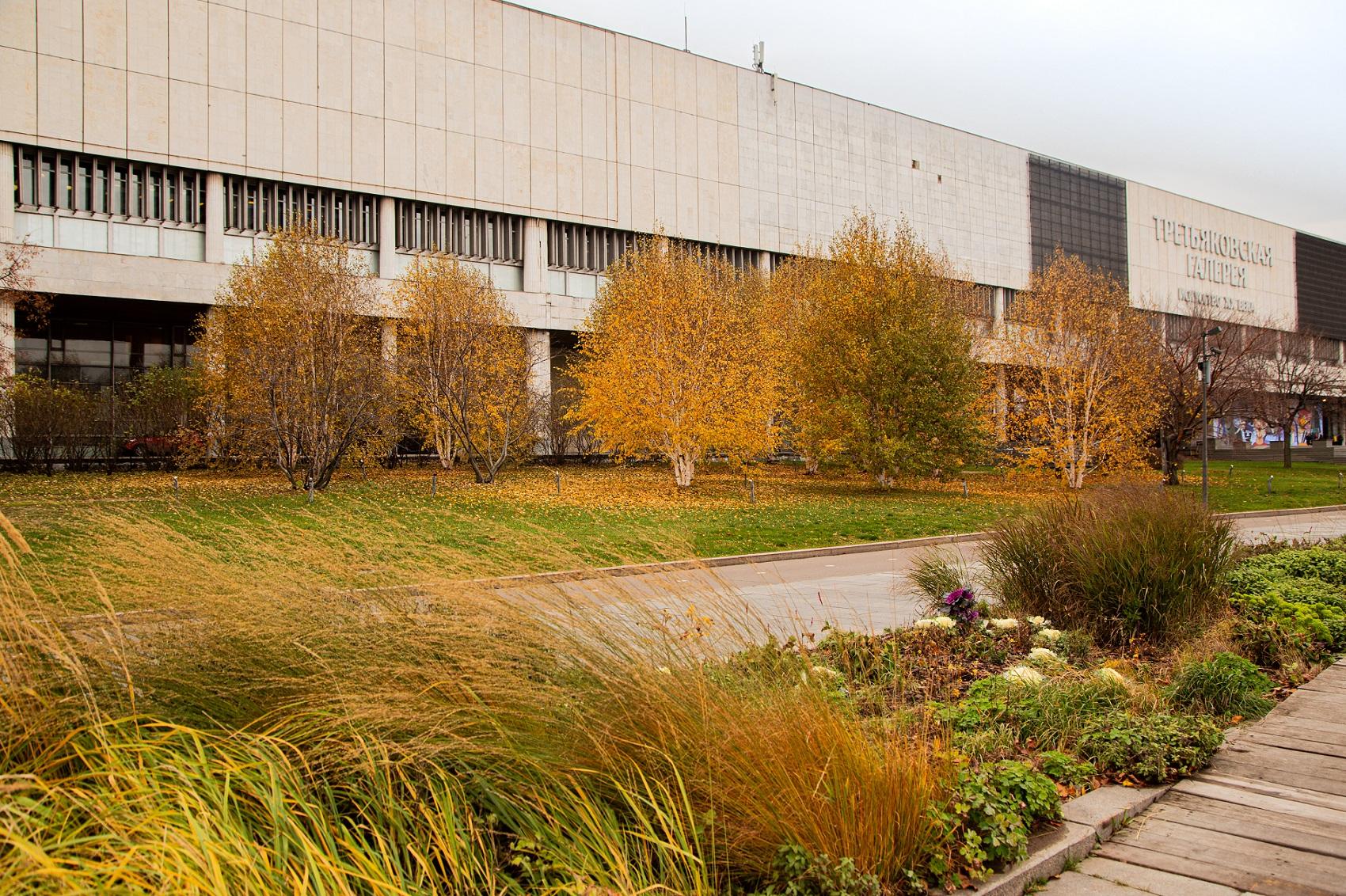
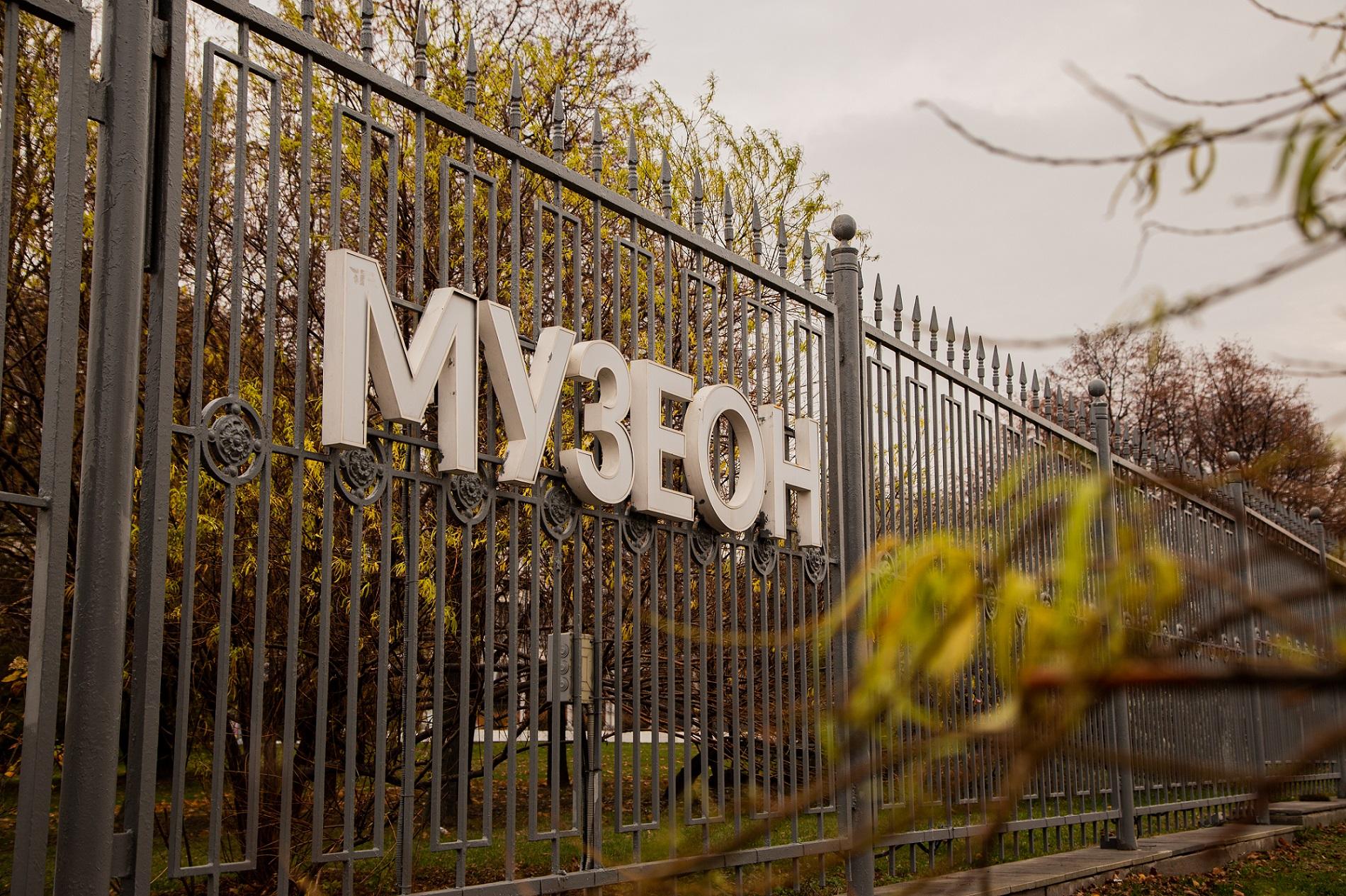

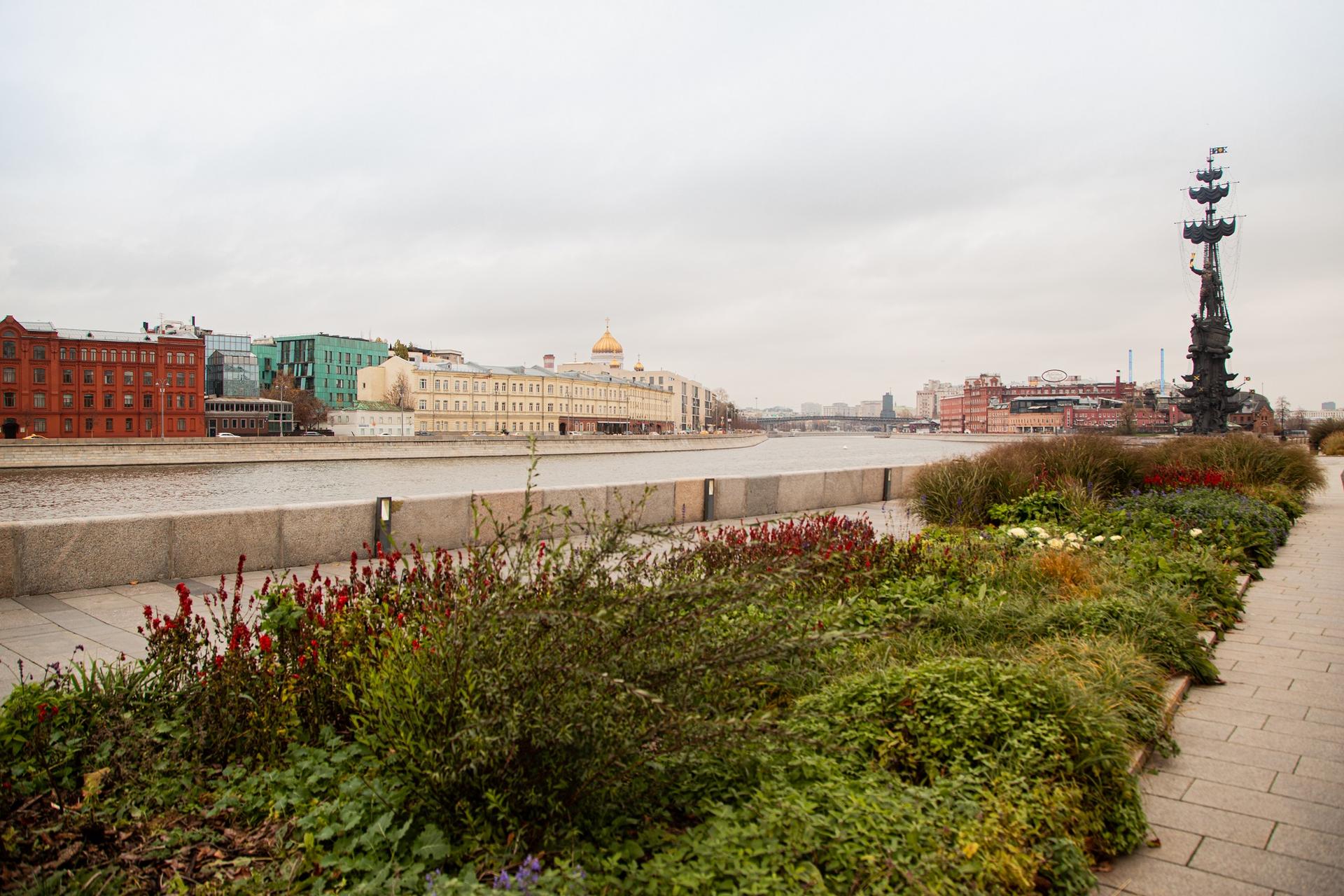

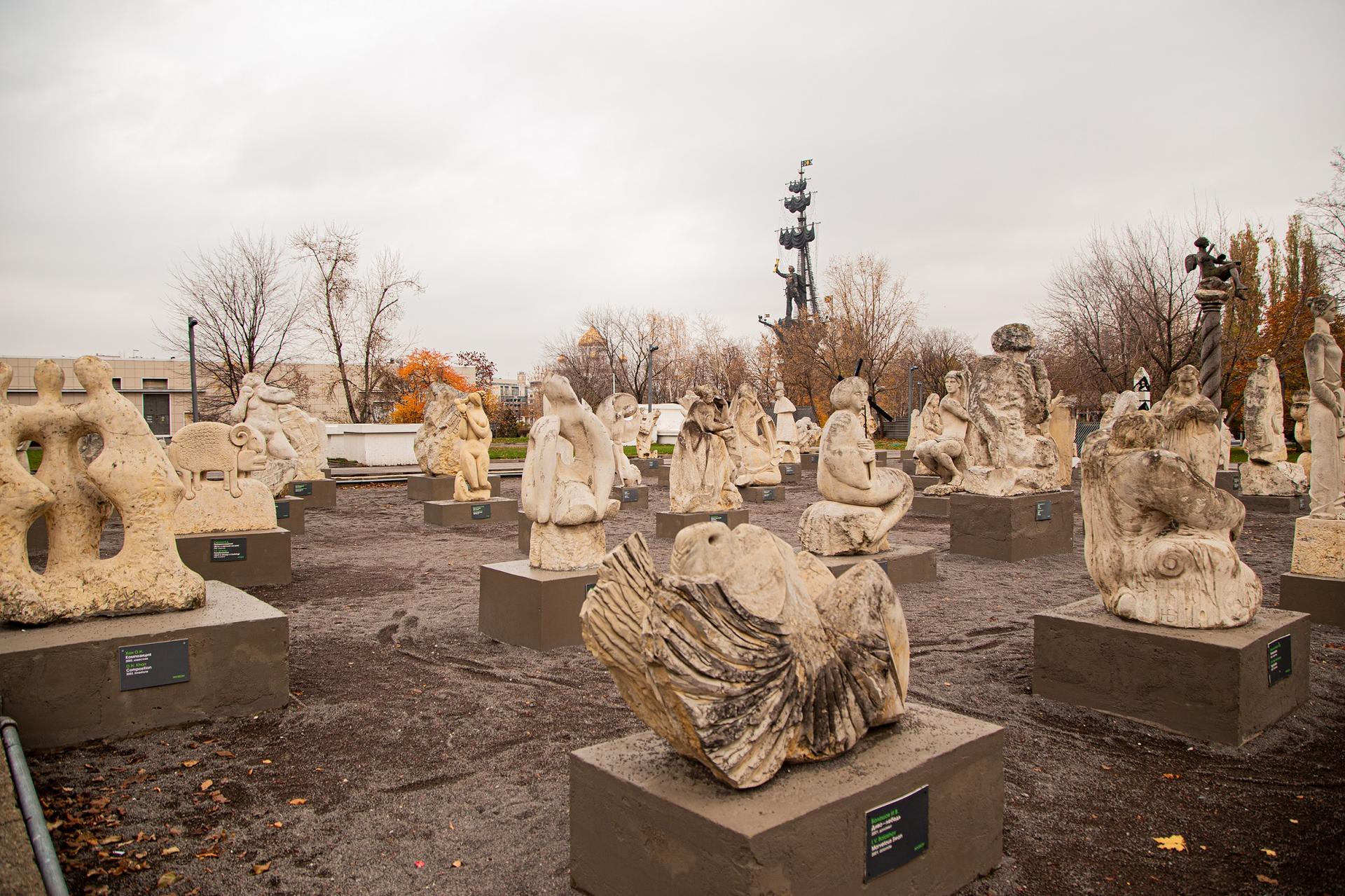

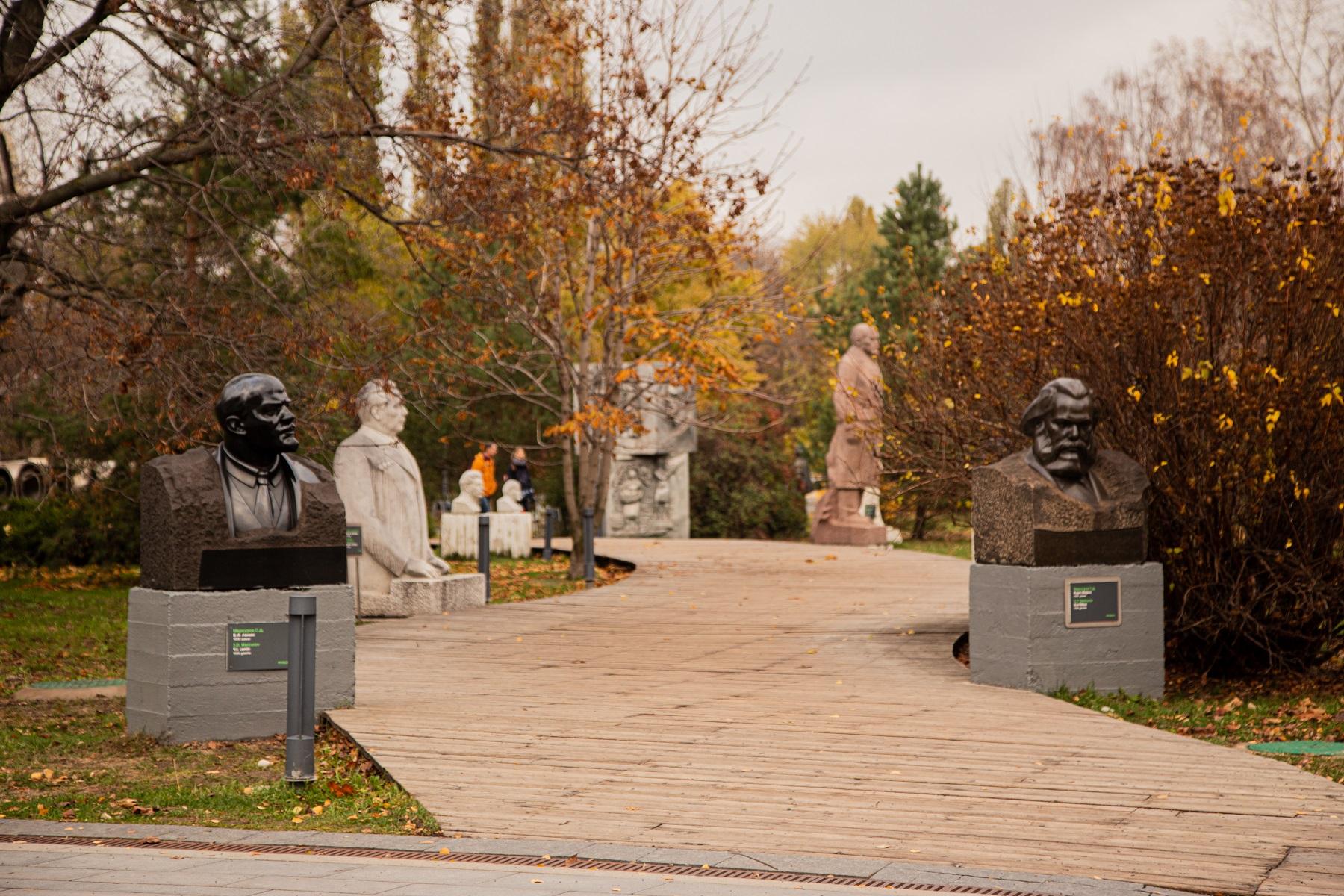

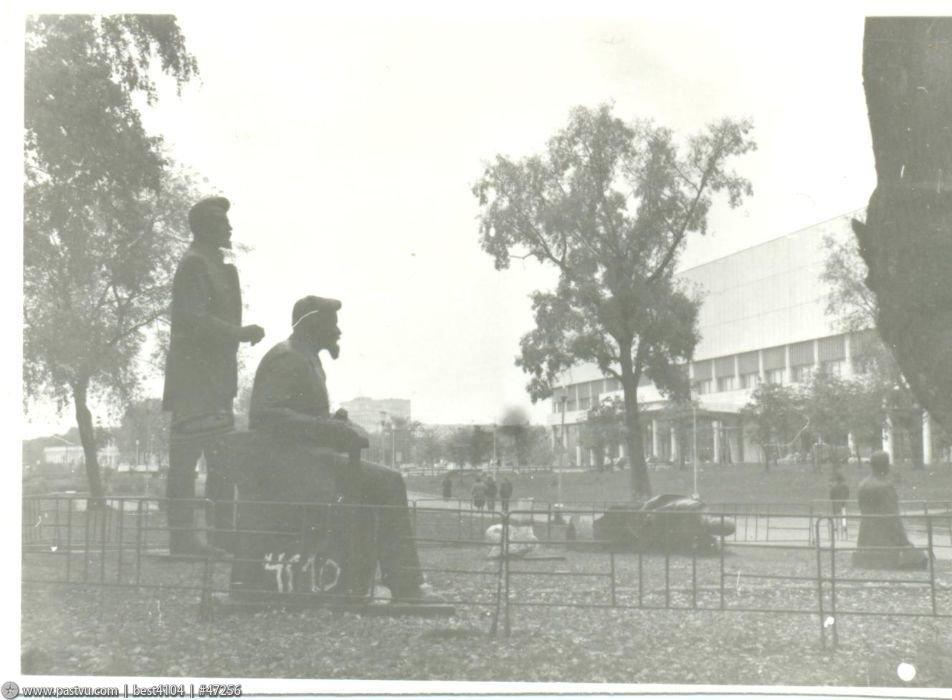
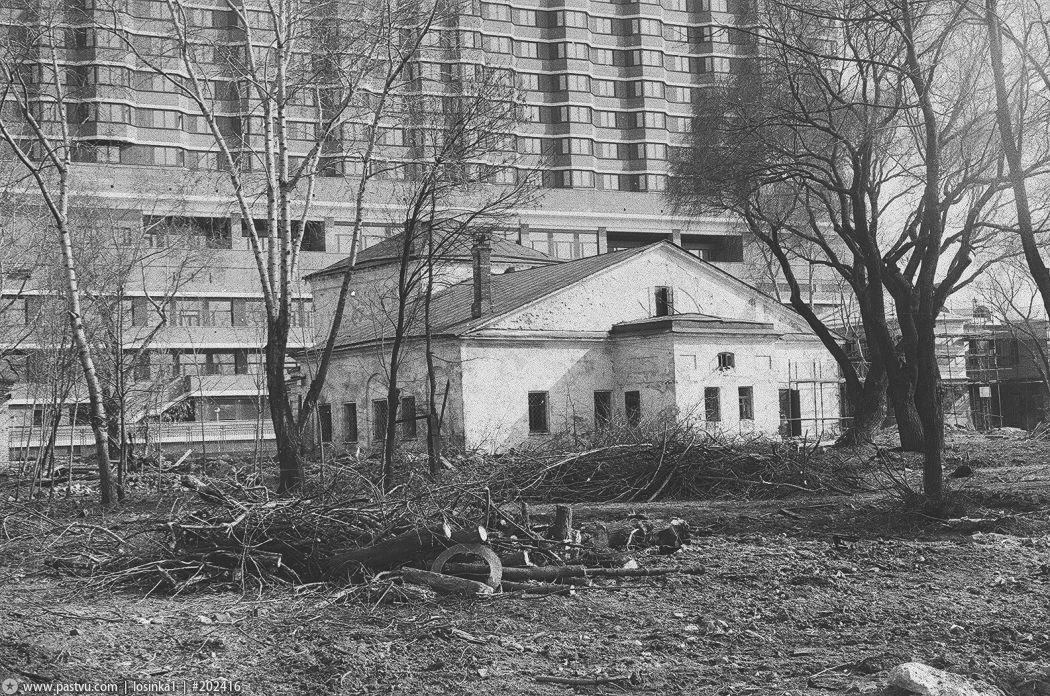
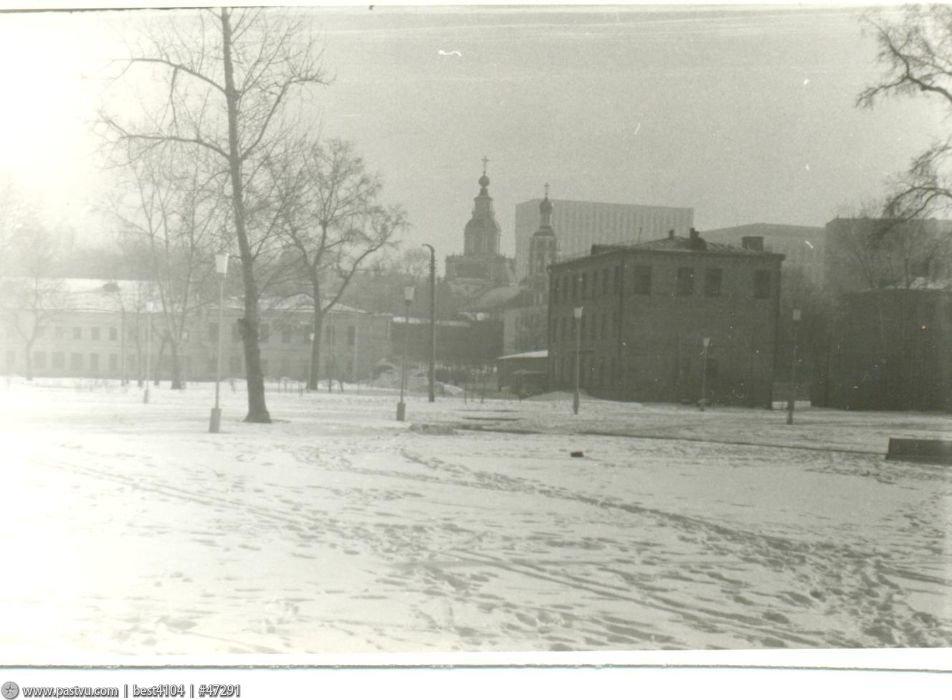



















%20(%D1%84%D0%BE%D1%82%D0%BE%20%D0%93%D0%B0%D1%86%D1%83%D0%BD%D0%B0%D0%B5%D0%B2%D0%B0%20%D0%9A.%D0%9D.).jpeg&w=1920&q=75)
.JPG&w=1920&q=75)




